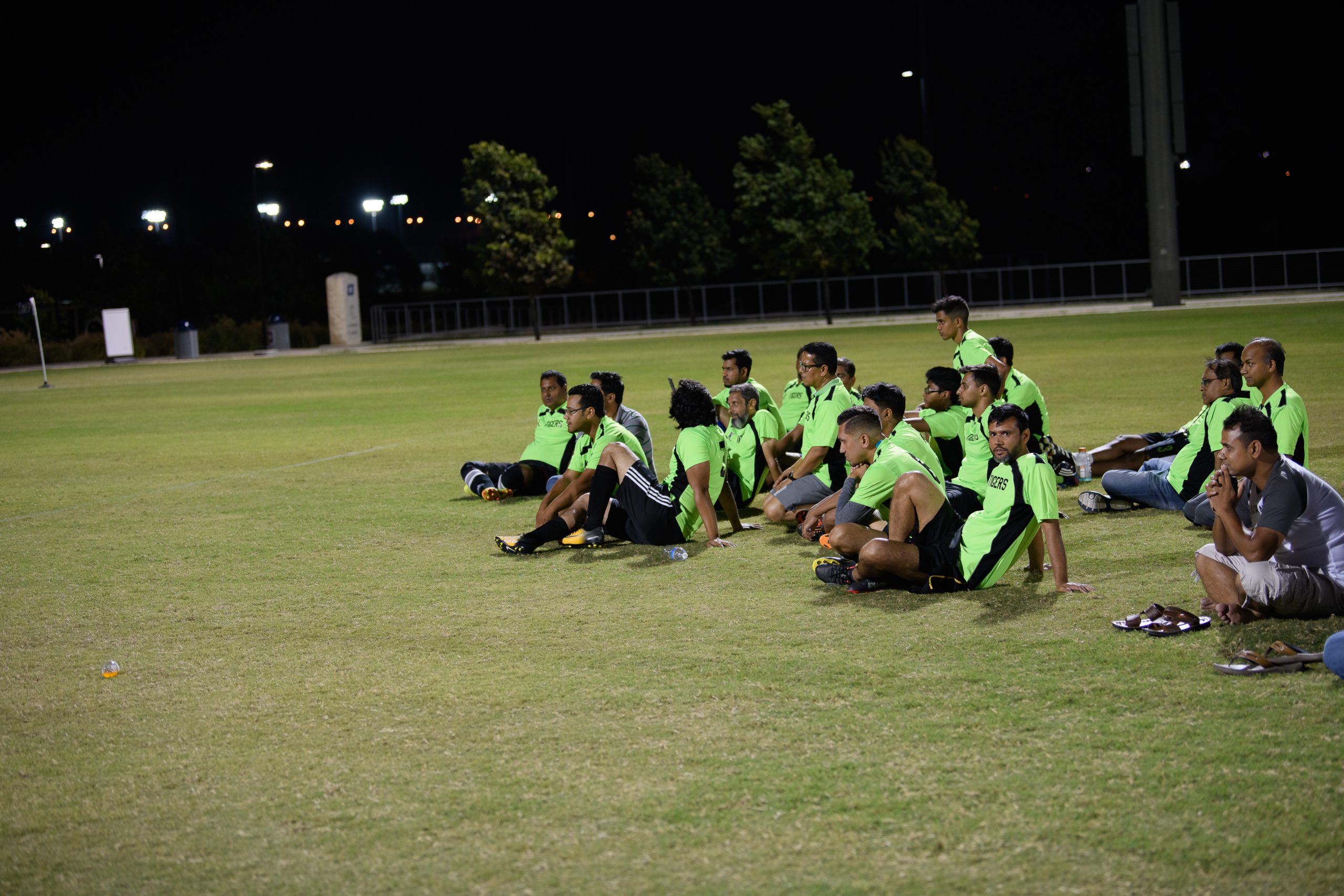MOTIVATION in the PERFORMANCE of the SOCCER PLAYER
Interest in the sport of soccer has greatly increased in recent years, bringing men and women into fields. According to FIFA survey of 2007, 265 million male and female players in addition to 5 million referees and officials make a grand total of 270 million people or 4% of the world’s population-who are actively involved in the game of soccer. Among the most pleasing signs is the continuing growth of the women’s game. The number of men and women playing soccer is expanding the world over.
The biggest and most common reason that affects soccer performance is soccer motivation or lack of it. Without motivation all soccer players will crumble under the various pressures and problems soccer manages to throw up. Generally, speaking motivation is guided by the hope of success and the fear of failure. When you lack the self-belief and confidence, there is a good chance you also lack motivation.
You can overcome anything, if, and only if, you love something enough.
Lionel Messi
On the other hand, it is important to avoid erroneously relating motivation to emotional response. In some cases, people try to increase motivation levels as much as possible before a match or training, believing that this can have a positive impact on motivation, when this is not necessarily the case. Activation and motivation are therefore different concepts that should not be confused.
How can athletes be motivated?
There’s a huge variety of players and different ways of handling motivation. It is not a black and white issue. Their motivation can be fuelled by both internal and external factors at the same time. It’s a complex interplay that has to be observed with care and concern for the physical and mental well-being of the player in order to obtain as a consequence a better performance, no matter the sport.
In sport, the coach has always been the main motivator. Fortunately, nowadays the coach can count on a multidisciplinary professional team around him or her to provide the necessary help to optimise the situation. But, at the end of the day, the coach is the one who has the closest and most permanent contact with the athlete and who has the most accessible tools to motivate his players.
Despite the belief that there are many styles of coaching, we are used to talking about two types of coaches: the communicative or collaborative, and the authoritarian or autocratic. The former are highly involved with the task at hand, avoiding anxiety in the players and achieving a general feeling of enjoying the training sessions and the players’ experience. This presents a vision of the game that does not depend so much on the final result.
It is not over when you lose
It is over when you quit
Initially, sporting activities are there for the sheer pleasure of doing them and become an extraordinary source of intrinsic motivation, as new challenges, new goals and, above all, the opportunity to compete in order to outperform others are presented. Competition plays a role in fuelling this intrinsic motivation and increases it as an added element of challenge by confronting others, pitting one’s skills against those of rivals and gaining a sense of personal achievement.
Apart from the fact that the competition itself is an added factor in intrinsic motivation, it is not always the most important thing, as intrinsic motivation can also be increased by having a good feeling about individual and team performance despite a defeat. The result-oriented and success-focused approach of the player and the coach leads to mistakes in the rational analysis of the objectives and, as a consequence, can decrease intrinsic motivation.
Thus, we can conclude that the relevance of the influence of motivation on sporting performance is extremely high. It plays a fundamental role in the learning and performance of athletes at all levels: grassroots sport, high performance sport, sport for seniors, etc.



